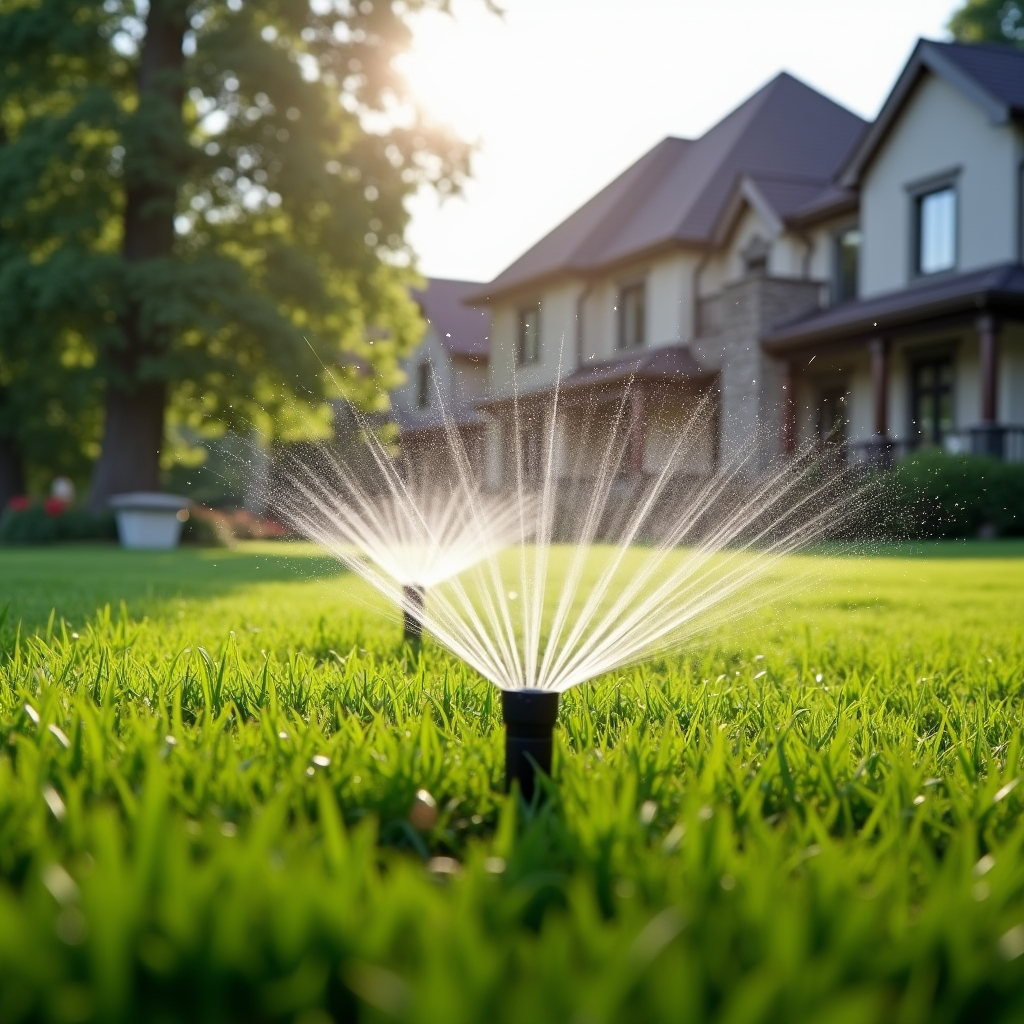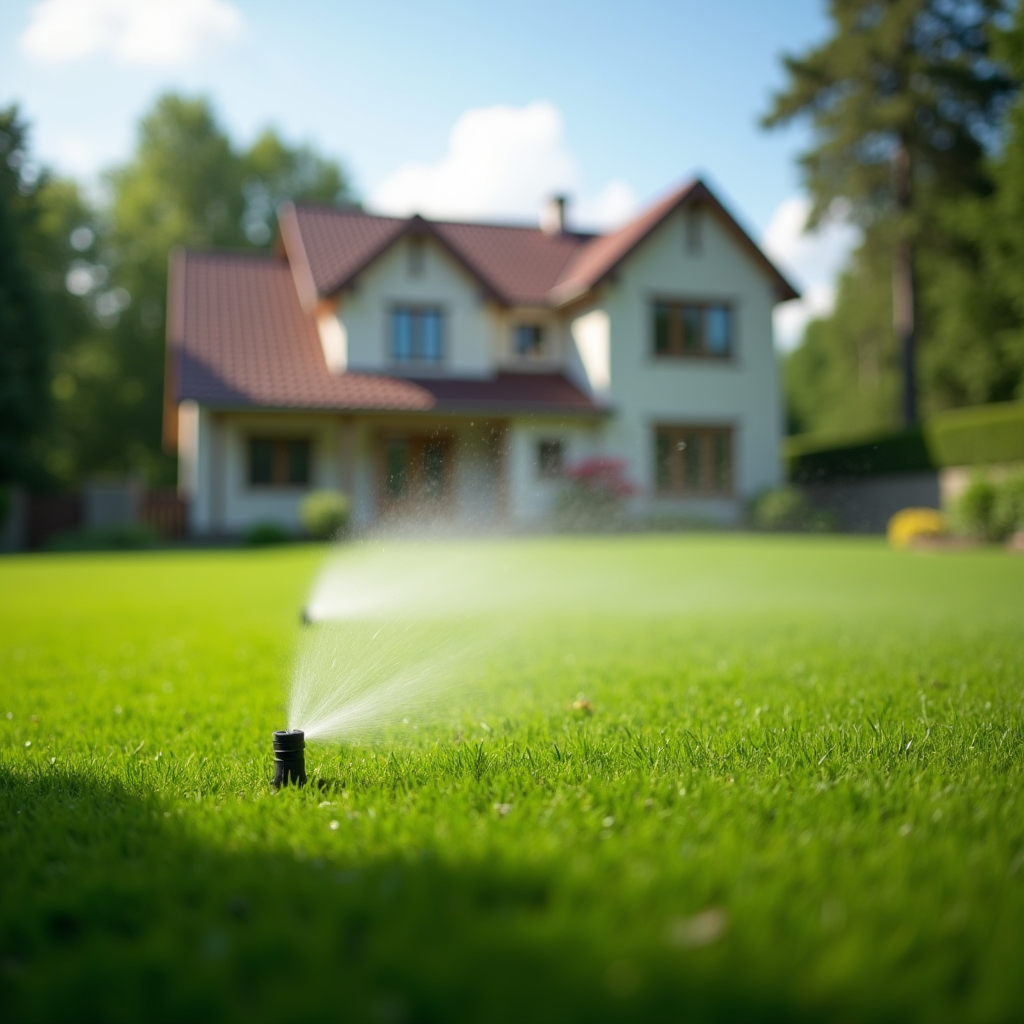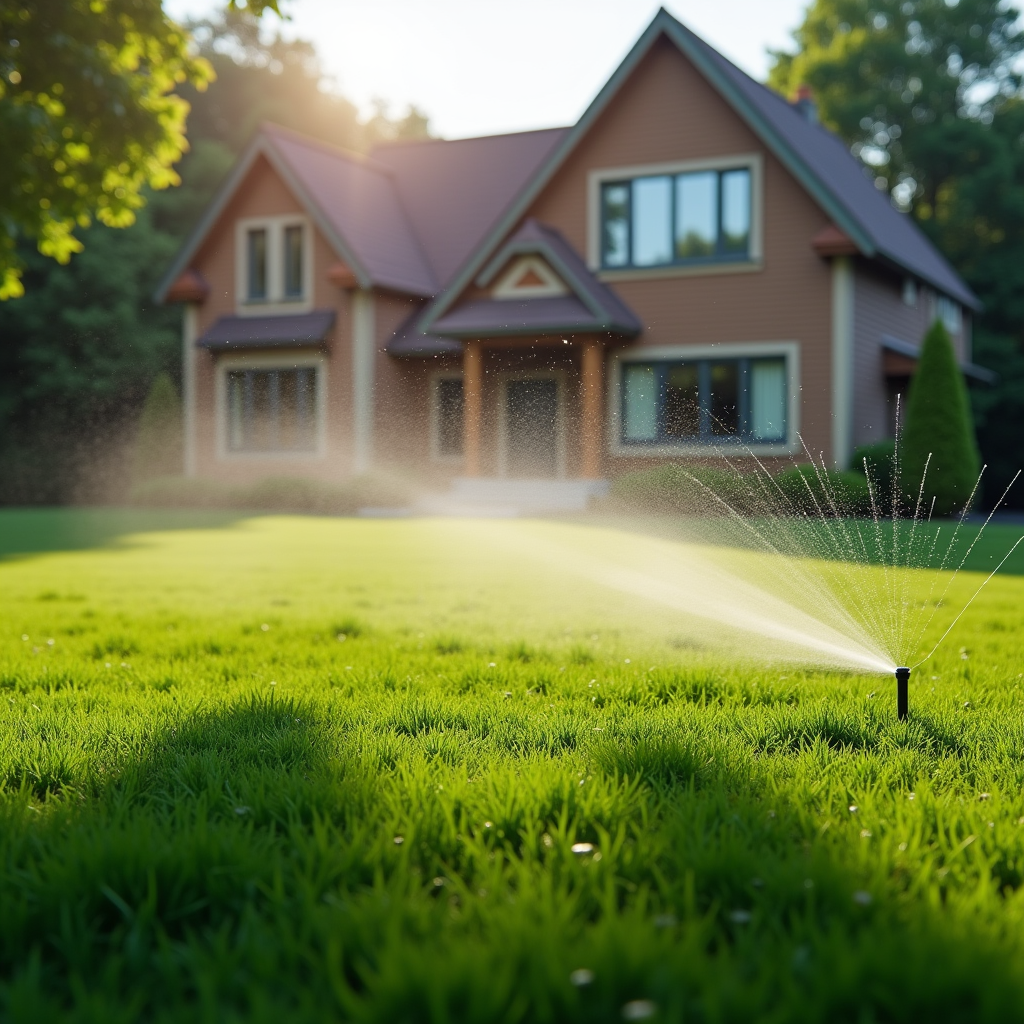Introduction
Every gardener or lawn enthusiast knows that a vibrant, lush lawn is not just a https://blogfreely.net/machilifwc/sustainable-landscape-design-eco-friendly-practices-for-your-garden product of good grass seeds and proper watering. It’s a complex ecosystem filled with living organisms, and at the heart of this ecosystem are microbes. You might be asking yourself, “What role do these tiny creatures play?” Well, let’s dive deep into the fascinating world of soil microbes and explore their pivotal role in maintaining soil health and promoting lawn growth.
Understanding Soil Microbes
What Are Soil Microbes?
Soil microbes are microscopic organisms found within the soil environment. They include bacteria, fungi, protozoa, nematodes, and viruses. These tiny organisms may be small, but they perform gigantic tasks that contribute to soil health.
Types of Soil Microbes
Bacteria: These single-celled organisms are crucial for decomposing organic matter. Fungi: Fungi break down tough plant materials and form symbiotic relationships with plants. Protozoa: These larger microorganisms feed on bacteria and help regulate their populations. Nematodes: Often referred to as roundworms, nematodes play a role in nutrient cycling.The Balance of Microbial Life
Maintaining a balance among these various types of microbes is critical for healthy soil. An imbalance can lead to issues like soil degradation or disease outbreaks in plants.
The Role of Microbes in Soil Health and Lawn Growth
Microbes play several vital roles in enhancing soil health which directly impacts lawn growth:
Nutrient Availability: Microbes decompose organic materials, releasing essential nutrients such as nitrogen, phosphorus, and potassium into the soil. Soil Structure Improvement: Fungi create networks known as mycelium which help bind soil particles together, improving aeration and water retention. Plant Disease Suppression: Beneficial microbes can outcompete harmful pathogens for resources, reducing the risk of diseases. Organic Matter Decomposition: Microbial activity breaks down dead plant material into humus which enriches the soil.How Microbial Diversity Affects Lawn Growth
Importance of Biodiversity
Just like any ecosystem, diversity is key when it comes to microbial populations in soil. A diverse community can better withstand environmental stressors like drought or disease.
How To Encourage Microbial Diversity In Your Lawn
- Add Organic Matter: Composting adds diverse microorganisms back into your lawn's ecosystem. Minimize Chemical Use: Heavy fertilizer usage can harm beneficial microbes; consider organic alternatives instead. Practice Crop Rotation: Varying the types of grass or plants you grow can promote different microbial communities.
The Relationship Between Soil pH and Microbial Activity
Understanding Soil pH
Soil pH measures how acidic or alkaline your soil is. Most microbes thrive in a neutral pH range (6-7).


Effects of pH on Microbial Functionality
- Low pH (acidic soils): May hinder bacterial activity but promote fungal growth. High pH (alkaline soils): Can limit nutrient availability affecting microbial effectiveness.
Maintaining optimal pH levels is crucial for maximizing microbial functions that benefit your lawn.
Microbial Indicators of Soil Health
What Are Soil Health Indicators?
Soil health indicators are measurable attributes that reflect biological activity within the soil ecosystem.
Key Indicators to Monitor
Microbial Biomass Carbon (MBC): Indicates the amount of living microbial matter present. Respiration Rates: Higher respiration rates often correlate with active microbial communities. Enzyme Activity Levels: Specific enzyme activities can indicate nutrient cycling efficiency.Regularly monitoring these indicators helps assess the overall health status of your lawn's soil.

Common Myths About Lawn Care and Soil Microbes
Myth 1: All Bacteria Are Bad!
While it’s easy to assume all bacteria cause diseases, many play an essential role in nutrient cycling and breaking down organic material!
Myth 2: More Fertilizer Equals Better Growth
Over-fertilizing can actually harm beneficial microbiota populations leading to poorer long-term results for your lawn care efforts.
Practical Tips for Enhancing Microbial Life in Your Lawn
Incorporating Organic Practices Into Your Lawn Care Routine
- Use compost instead of synthetic fertilizers. Practice no-till gardening methods to avoid disturbing microbial habitats. Aerate your lawn to improve oxygen flow to beneficial microorganisms.
Regular Maintenance Tips
Maintaining moisture without overwatering encourages healthy microbial activity while also supporting robust grass growth!
Table 1 - Comparison Between Organic vs Synthetic Fertilizers
| Aspect | Organic Fertilizers | Synthetic Fertilizers | |-----------------------|-------------------------|--------------------------| | Nutrient Release | Slow | Fast | | Impact on Microbes | Beneficial | Potentially Harmful | | Environmental Impact | Low | High |
FAQ Section
Q1: How do I know if my lawn has enough microbes?
A healthy lawn shows signs like rich green color, resilience against pests/diseases, along with good drainage capacity—indicators associated with balanced microbial life!
Q2: Can I add microbes directly to my lawn?
Yes! Products containing beneficial bacteria or fungi can be applied directly through compost tea or commercial inoculants designed for lawns!
Q3: How often should I apply compost?
Applying compost once or twice a year during peak growing seasons is usually sufficient for most lawns.
Q4: Is it necessary to test my soil regularly?
While not mandatory every season; testing every few years allows you to track changes & maintain optimal conditions for microbial activity!
Q5: What are some signs that my lawn might be unhealthy?
Signs include poor growth rates; yellowing grass; increased weed presence; these could suggest negative shifts in your microbial population!
Q6: How does compaction affect microbes?
Compacted soils restrict airflow & moisture access—both vital for thriving microbe communities; leading ultimately to poorer plant health!!
Conclusion
In conclusion, understanding “The Role of Microbes in Soil Health and Lawn Growth” reveals just how integral these microorganisms are not just for nurturing your grass but also fostering an entire ecosystem beneath our feet! By prioritizing practices that enhance microbial diversity and health within your soil you’re not only ensuring a beautiful lawn but also contributing positively toward sustainable gardening practices! So next time you step onto your lush green oasis remember—you’re walking on a thriving world teeming with life working tirelessly beneath the surface!